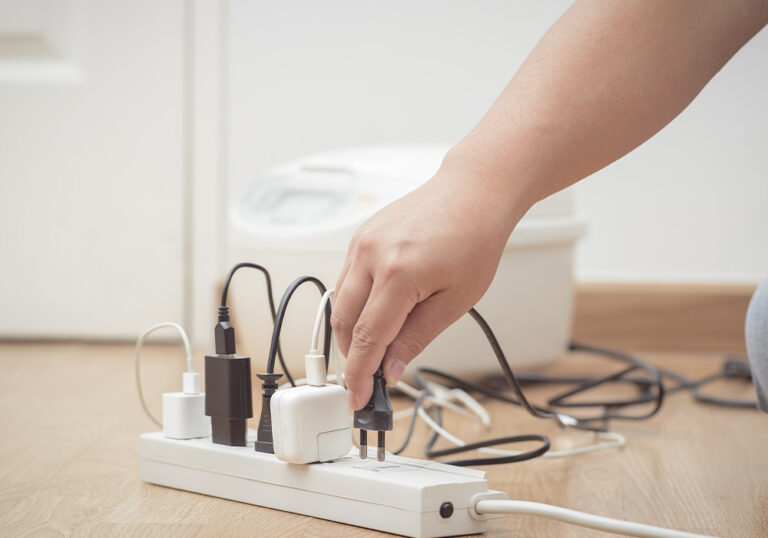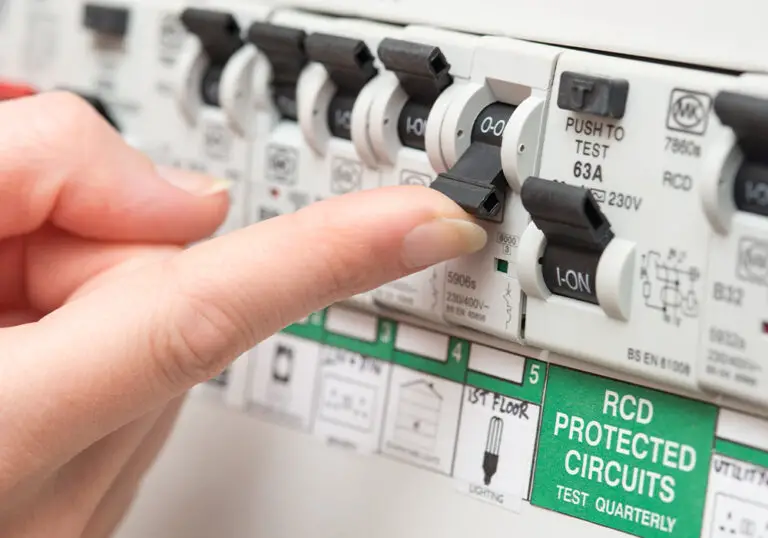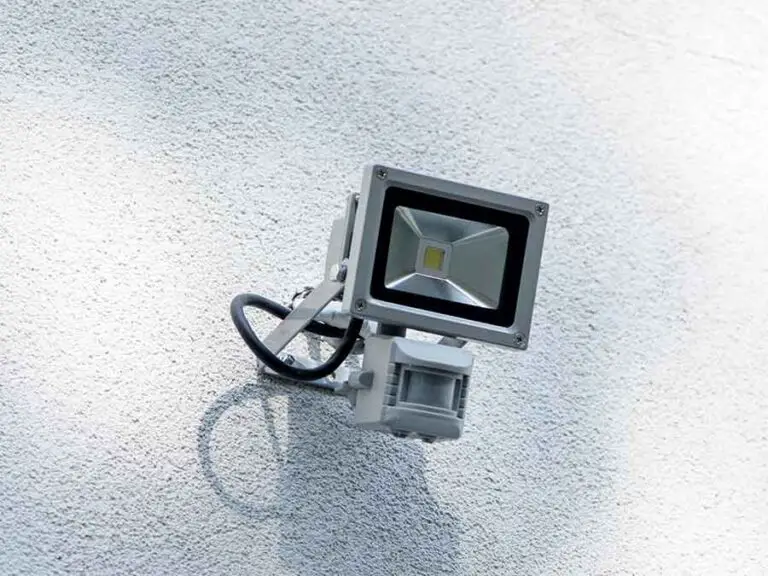How Often Should Light Switches Be Replaced?
Light switches are an essential part of our daily lives, allowing us to control the lighting in our homes with the simple flick of a switch. However, like all appliances, light switches have a lifespan and may require replacement over time. Knowing when to replace your light switches can help maintain your home’s electrical safety and prevent potential issues.
The lifespan of a light switch can vary depending on factors such as its quality, usage, and the environment in which it’s installed. Generally, light switches can last for many years without requiring replacement. However, it’s important to be aware of the signs that your light switch is wearing out, such as discolouration, flickering lights, or a warm switch plate. These signs can indicate a potential safety hazard, and it’s essential to address them promptly.
Key Takeaways
- Light switches have a lifespan and may require replacement to maintain electrical safety in your home.
- Be aware of signs of wear, such as discolouration, flickering lights, or a warm switch plate.
- Replacement can vary in cost depending on the type of switch and the process involved in replacing it.
The Lifespan of Light Switches
Light switches are designed to be durable, and they often last for a very long time. In fact, a light switch can typically last for 20 years or more. The longevity of a light switch is due to the fact that the internal springs are not under constant pressure, which means they don’t wear out easily.
That being said, the actual lifespan of a light switch depends on factors such as its usage and installation quality. Wear and tear from repeated use can eventually cause a light switch to malfunction, while loose wire connections may lead to overheating and short-circuiting.
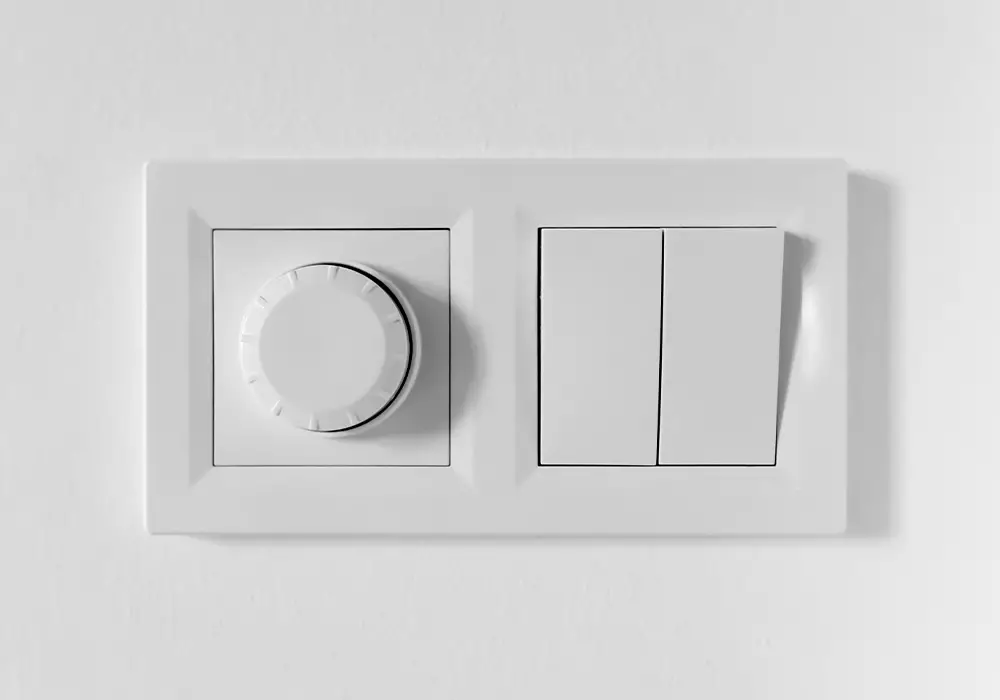
It’s important to keep in mind that there is no set schedule for replacing light switches. Instead, it’s more appropriate to monitor their performance and determine when a replacement is necessary. Some signs that a light switch needs to be replaced include:
- The switch feels loose or wobbly when operated
- You hear an unusual noise, like crackling or buzzing, when using the switch
- The switch plate or surrounding area becomes hot to the touch
When you notice any of these indicators, it’s time to replace your light switch. Ideally, you should consult a qualified electrician for professional advice on the best replacement option for your needs.
In conclusion, light switches are built to last for years, but their lifespan may vary depending on usage and other factors. By remaining vigilant and looking out for signs of wear or malfunction, you can ensure that your light switches remain in good working order throughout their intended lifespan.
Signs of Wearing Out
It’s important to know when your light switches need replacing, as continued use of worn-out switches may lead to potential hazards. Here are some indicators that your light switch may be wearing out:
- Crackling or Popping Sounds: If you hear unusual noises when turning the switch on or off, this could be a sign of damage or wear.
- Hot Switch or Faceplate: A light switch that feels hot to touch may have faulty wiring or worn-out electrical contacts.
- Delay Between Flicking and Lighting: If there’s a sudden or noticeable pause between when you flip the switch and when the light turns on, the electrical contacts inside the switch could be wearing out.
- Loose Switch: A switch that feels noticeably loose when you press it might not be making proper contact, indicating wear and tear.
By paying attention to these signs, you can detect worn-out light switches early and take the necessary steps to replace them. Regularly inspecting and maintaining your light switches will help ensure safety in your home while prolonging the lifespan of the fixtures. Always consult a professional electrician if you’re unsure about the condition of your switches or if you need assistance with replacement.
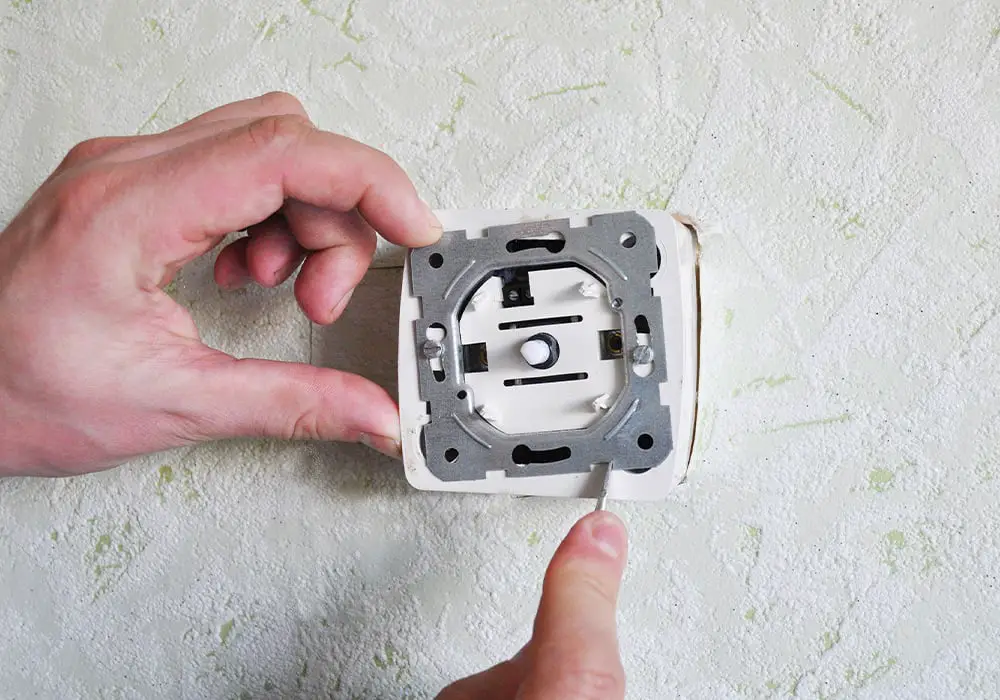
Safety Concerns
When it comes to light switches, safety should always be a top priority. Faulty or damaged switches can pose risks to both people and property. As the electrical components within switches can wear out over time, it is essential to replace them when necessary.
Firstly, you should be aware of the signs that your light switch needs replacement. These may include flickering lights, buzzing noises, warm or discoloured switch plates, or switches that don’t function properly. If you notice any of these issues, it is advisable to consult a professional electrician for an assessment.
Regular maintenance and inspections can also help ensure the safety of your light switches. As a general guideline, it is recommended that electrical installations, including wiring, sockets, and light switches, be inspected and tested every five years. This can help identify any potential issues and ensure your switches are functioning safely and efficiently.
Another critical aspect of electrical safety is the quality of the products you choose. When it comes to replacing light switches, make sure you select high-quality components from reputable brands. This can provide added assurance that the switches are safe and reliable.
Finally, never attempt to replace a light switch yourself unless you have the necessary skills and qualifications. Working with electricity can be hazardous, and it is crucial to leave this task to a qualified electrician. By following these safety guidelines, you can help protect yourself, your family, and your property from any potential harm related to faulty light switches.
Cost Implications of Replacement
Replacing a light switch can be a necessary task as they don’t last forever. When considering the cost implications of replacing light switches, various factors come into play, such as the type of switch being replaced, the location of the switch, and whether you’ll be hiring a professional electrician.
On average, the cost to replace a like-for-like light switch is approximately £75. If you decide to move or install a new light switch, you can expect to pay around £150 – £200. Keep in mind that these estimated costs do not include the price of the light switch itself, which can vary depending on the type and design.
Hiring an electrician is a wise choice for replacing light switches as it ensures the job is carried out safely and efficiently. The average day rate for an electrician is £320, but this covers a range of electrical tasks and not just a single light switch replacement. To find a trusted electrician near you, consider using free search tools online.
Along with these direct costs, it’s worth bearing in mind that replacing switches may incur additional expenses. For example, if you choose a more advanced type of light switch, such as a dimmer or motion-detection switch, the costs will increase. Similarly, the switch’s location could impact the overall cost, as complex installations or rewiring may be necessary.
In conclusion, the cost implications of replacing light switches depend on various factors. It’s crucial to consider these factors and budget accordingly when planning to replace your light switches for optimal results.
Types of Light Switches
When considering the replacement of your light switches, it’s important to familiarise yourself with the different types available. This will help you choose the most suitable option for your requirements.
Single-pole switches: These are the most common type of light switch. They are used to control one light or group of lights from a single location. Single-pole switches consist of an on/off toggle or rocker and are simple to use.
Double-pole switches: These switches control two separate lights or sets of lights, providing individual on/off control for each. They can be particularly useful in larger rooms with multiple lighting circuits.
Three-way switches: Despite the name, three-way switches involve two switches controlling one light or set of lights. Typically found at the top and bottom of staircases or in large rooms, these switches allow you to control the lighting from both locations independently.
Dimmer switches: Dimmers let you vary the intensity of your lighting, creating a more versatile and adjustable atmosphere in your rooms. With dimmers, you can control the brightness by either rotating the control knob or sliding the lever up and down.
Pull cord switches: Often found in bathrooms or small enclosed spaces, pull cord switches control the lights via a string or cord. To turn the light on or off, simply pull the cord downwards.
Remember to ensure that you have the appropriate light switch for each room in your home, taking into consideration factors such as room size, lighting requirements, and ease of use.
How to Replace Light Switches
Firstly, ensure your safety by isolating the circuit you plan to work on. You can do this by removing the circuit fuse and keeping it in your pocket to avoid accidental replacement. Alternatively, switch off the breaker and lock it if possible, attaching a note to the unit to advise others that you are working on the circuit. Before proceeding, verify that the circuit is dead using a socket tester or voltage tester/meter for lighting circuits.
Begin by carefully removing the old light switch from the wall, using a screwdriver to loosen the screws holding the faceplate in place. Gently pull the switch out, exposing the wiring. Take note of the wire connections and, if necessary, label them for easy reassembly with the new switch.
Next, unscrew the wires from their terminals on the old switch. Depending on the type of switch, you may have two or more wires connected. Be cautious not to damage the wires while disconnecting them.
Now, it’s time to install the new light switch. Attach the wires to the corresponding terminals on the new switch, following the same configuration as the previous connections. Ensure the wires are secured tightly to prevent any issues after installation.
Carefully push the new switch back into the wall, making sure no wires are pinched or squeezed. Align the screw holes and fasten the faceplate with the screws provided. Refrain from over-tightening the screws, as this can damage the faceplate.
Finally, restore power to the circuit by replacing the fuse or switching the breaker back on. Test the new switch to ensure it is functioning correctly and controlling the intended lights.
Frequently Asked Questions
Does the Type of Switch Affect Lifespan?
Yes, the type of switch can influence its lifespan. Traditional toggle switches generally have a longer lifespan compared to dimmer switches, lasting up to 20 years. Dimmer switches, on the other hand, may require replacement every 10 years due to their more complex components. The quality of the switch and its usage also play a role in determining its overall lifespan.
Is DIY Replacement Advisable?
Although it is possible to replace a light switch yourself, it is crucial to ensure your safety when working with electricity. Before attempting DIY replacement, acquaint yourself with the necessary steps, precautions, and tools. If you are unsure about any part of the process or lack experience, it is highly recommended to consult a qualified electrician. Remember that safety should always come first.
Do Light Switches Wear Out Faster in Commercial Spaces?
Light switches in commercial spaces generally experience more frequent usage than those in residential areas. This increased usage can lead to faster wear and tear, necessitating more frequent replacements. It is essential to monitor the functionality of light switches in commercial spaces and schedule regular maintenance to avoid electrical issues.
When to Consult a Professional Electrician?
It’s crucial to consult a professional electrician if you:
- are unsure of your ability to replace a light switch safely,
- experience frequent flickering or buzzing from the switch,
- notice signs of electrical issues, such as discolouration or a burning smell around the switch,
- need to replace a light switch in a commercial or high-traffic area,
- have a complex switch system, such as a three-way or multi-gang switch.
A professional electrician will ensure safe and efficient replacement, mitigating any risks associated with electrical work.

